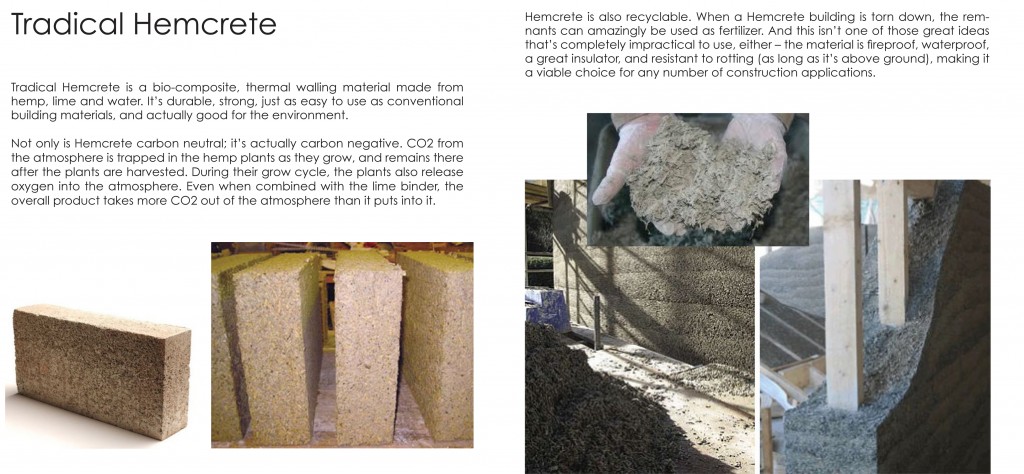 REBEN
REBEN
Reben is a natural paint that was created as a response to the harmful effects of paints on air-quality. Because Reben is made from 100% natural ingredients, its byproducts are extremely safe and edible and it emits no harmful compounds. The material is made from Japanese washi paper, seaweed glue, scallop-shell power, titanium dioxide, and natural pigments, all of which are safe and even help clean the air. Washi controls humidity naturally by absorbing and releasing moisture. Scallop-shell powder prevents mold and bacteria growth and titanium dioxide releases a scent to the air and absorbs pollution when the surface is lit. Reben is a durable alternative to wallpaper and comes in a variety of textures and colors.
 ARBOFORM
ARBOFORM
Researches have developed a thermoplastic material called Arboform that is based on natural resources and responds to heat. Arbofrom is unusual because although it has properties similar to wood, it can be melted and formed like a plastic. One of the raw materials used in Arboform is lignin, which is the same substance that gives wood its rigidity. Lignin is a major by-product of the paper industry, but millions of tons of it are burned in order to produce energy. Instead of being burned, if lignin is mixed with natural fibers, it produces Arboform. This ‘liquid wood’ is a unique composition of both natural polymers and natural fibers.























